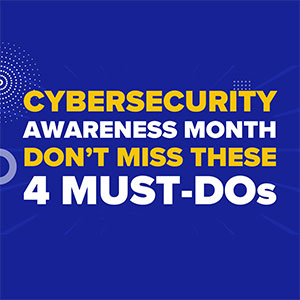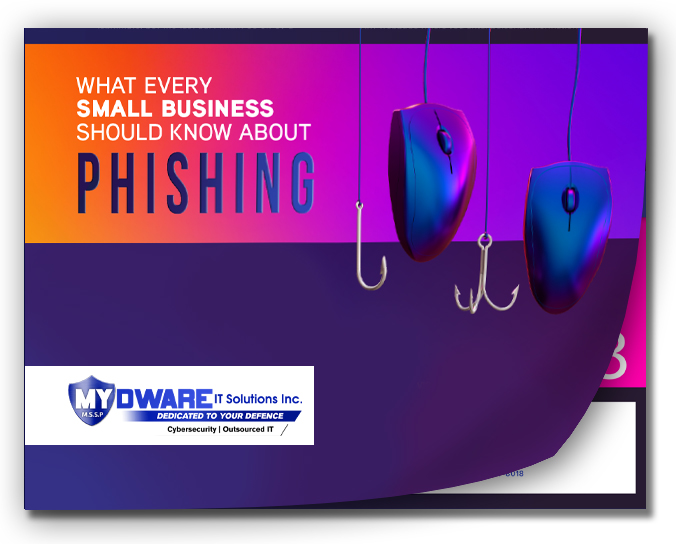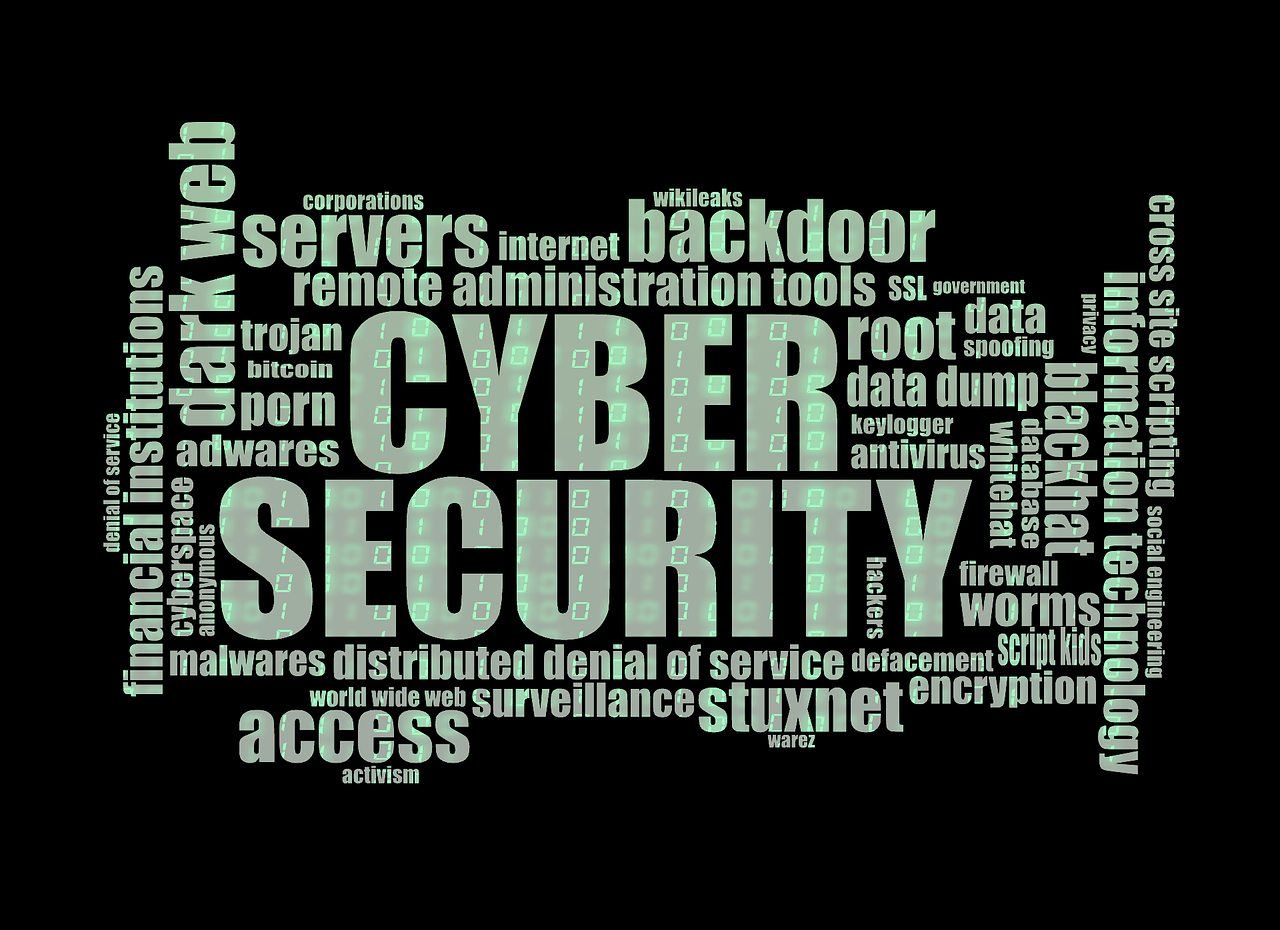 October marks Cybersecurity Awareness Month in Canada, making it the perfect time for local businesses to step back and ask: Are we really prepared for today’s cyber risks?
October marks Cybersecurity Awareness Month in Canada, making it the perfect time for local businesses to step back and ask: Are we really prepared for today’s cyber risks?
The truth is, most breaches don’t come from some master criminal. They usually start with small mistakes – like reusing a weak password, skipping updates, or clicking a malicious link. The good news is that building strong daily habits can make your business far harder to target. Before we dive into the habits, here’s your chance to stay ahead: Book a FREE Cybersecurity Risk Assessment NOW!
Why Everyday Cyber Habits Matter More Than Tech Tools
Even the best software won’t protect you if your team isn’t trained and prepared. Building a cyber-smart workplace culture is more powerful than relying on tools alone. If you’re unsure where to start, check out our guide on cybersecurity for small businesses explained to see how small improvements can make a big difference.
1. Make Cybersecurity a Daily Conversation
Talking about security openly makes it feel normal, not like “extra work.” The more you bring security into everyday conversations, the fewer mistakes happen. Try simple steps like:
- Opening staff meetings with a quick reminder on spotting phishing emails.
- Sharing real scam alerts happening in your industry.
These quick chats turn awareness into second nature.
2. Stay Compliant to Protect Your Reputation
For Canadian businesses, data protection isn’t just about avoiding fines – it’s about customer trust. Even one mistake can damage your reputation more than your bottom line. Stay on track by:
- Reviewing your data policies regularly.
- Keeping proof of employee training and system updates.
- Making compliance everyone’s job, not just IT’s.
If you’re choosing a provider to help with this, here are 10 things you should look for when considering working with a cybersecurity provider.
3. Build Continuity Plans That Actually Work
What happens if your system crashes tomorrow? Continuity planning is about making sure you can bounce back fast. Backups and recovery drills are the only way to know if you’re truly prepared. Key steps include:
- Testing backups regularly, not just setting them up.
- Having a clear response plan for ransomware attacks.
- Running recovery drills before you ever need them.
Your future depends on the practice you put in today.
4. Create a Culture Where Security is a Team Sport
Your employees are the frontline against cyber threats. When staff feel responsible for security, they become your best defense. Build this culture by:
- Encouraging password managers and enforcing unique logins.
- Requiring MFA (multi-factor authentication) everywhere possible.
- Publicly recognizing staff who report phishing attempts.
For more insight on why having a local partner matters, check out why local IT is far superior than corporate IT.
Security is Everyone’s Responsibility
Cybersecurity Awareness Month 2025 is a reminder that real protection isn’t just about firewalls or antivirus software – it’s about habits. By focusing on communication, compliance, continuity, and culture, you can make your workplace a fortress against modern threats.
Ready to put these habits into practice? Don’t wait until an attack exposes the gaps. Take the first step with a FREE cybersecurity risk assessment and let’s build a stronger, safer future for your business.
Darryl Cresswell
CEO & President
MYDWARE IT Solutions Inc.




